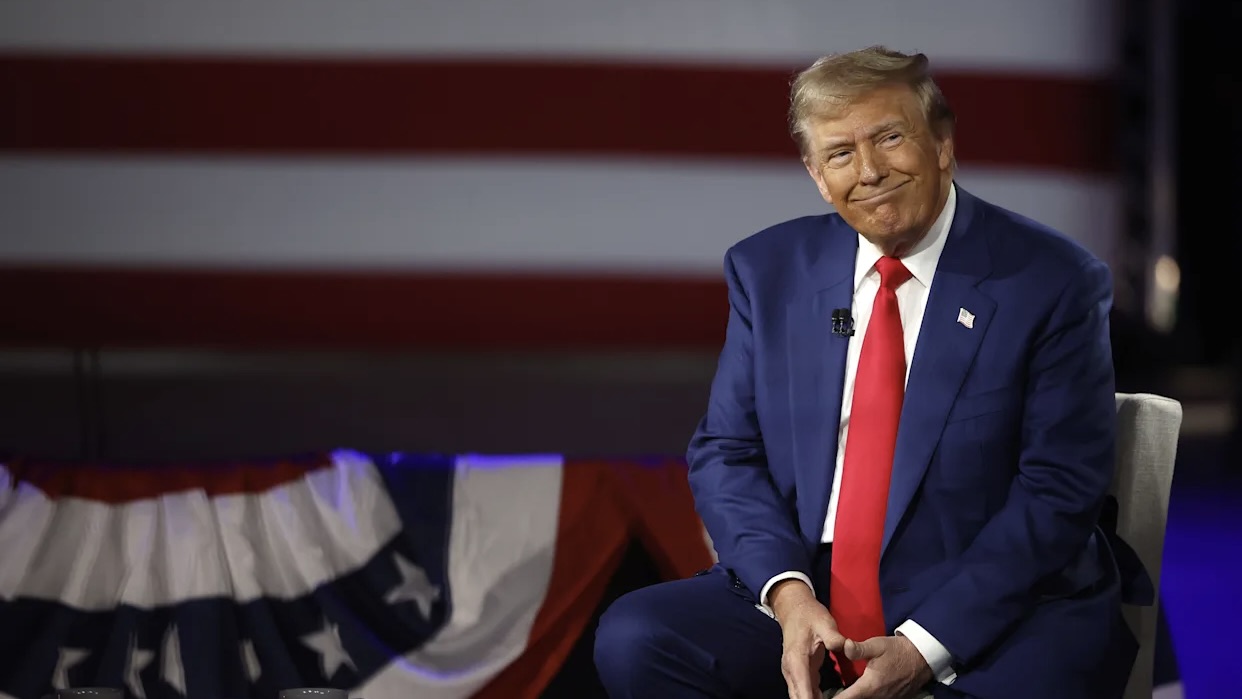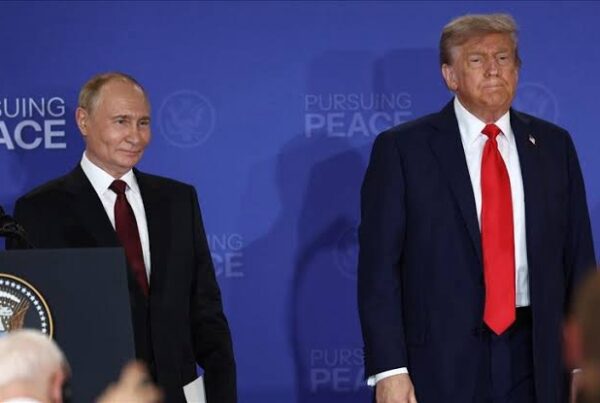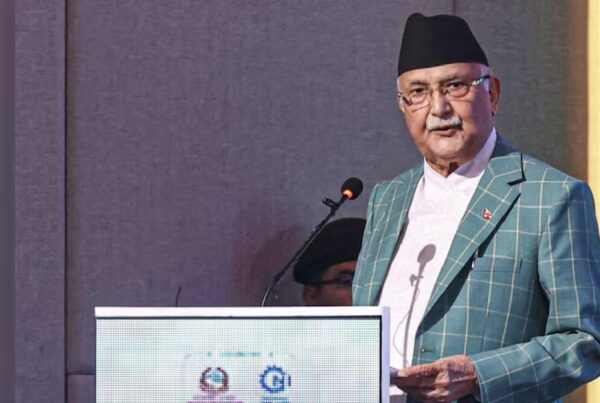The Affordability Crisis has emerged as one of the most pressing economic and political issues in the United States, and former President Donald Trump is attempting to seize control of this narrative as public concerns intensify. While the administration insists that prices from energy to household goods are finally stabilizing, a growing number of Americans say they remain burdened by persistent costs that strain their daily lives. This widening gap between political messaging and lived experience is reshaping the national debate ahead of the next election cycle.
In recent weeks, Trump has positioned affordability as the centerpiece of his political strategy. He argues that critics are exaggerating the problem, calling it a “con job” crafted by political opponents. However, multiple national polls show that voters across party lines consistently rank cost-of-living pressures as their top economic worry. This disconnect poses a significant challenge for Trump and complicates attempts to redefine the narrative.
Affordability Crisis in the American Spotlight
Public anxiety over the rising cost of essentials has grown steadily over the past year. Although official data suggests that inflation has eased, many households say their financial stress has not. This tension is now at the heart of political messaging on both sides of the aisle.
Meanwhile, the Democratic Party has amplified concerns about affordability as a key campaign pillar. This strategy appears to resonate with voters, especially among lower- and middle-income groups who report limited financial relief. Their experience challenges Trump’s attempt to reframe the conversation toward economic improvements under his leadership.
Trump’s New Messaging on the Affordability Crisis
Trump’s shift from focusing solely on inflation to directly addressing the Affordability Crisis marks a strategic pivot. He highlights selective data points—such as lower holiday meal costs to argue that consumer burdens are easing. According to Politico (dofollow), he also claims that energy prices have stabilized under his policies, positioning himself as the candidate capable of delivering financial relief.
Despite these assertions, economists caution that affordability encompasses far more than headline inflation. Housing, utilities, insurance premiums, and basic food costs remain elevated compared to pre-pandemic levels. Analysts from Bloomberg (dofollow) note that voter skepticism persists because household budgets remain tight, even as macroeconomic indicators show progress.
Trump’s messaging faces an uphill battle because affordability is not merely a statistic, it is a daily lived reality for millions. This makes it harder to counter with political rhetoric alone.
Public Sentiment and the Data Disconnect
Several national surveys reveal a sharp contrast between government reports and public sentiment. For example, while the Bureau of Labor Statistics reports moderate declines in some consumer prices, data from The Washington Post (dofollow) indicates that Americans continue to struggle with grocery bills, rent, and utilities. This emotional and financial strain fuels doubts about political claims of improvement.
In addition, many citizens believe wage growth has failed to keep pace with rising expenses. As a result, the perception of economic insecurity persists—even when statistical indicators suggest otherwise. This divergence between perception and data creates a credibility challenge for policymakers and political candidates.
The Affordability Crisis is therefore becoming a powerful barometer of political trust, influencing how voters judge leadership and economic stewardship.
How Democrats Are Capitalizing on Affordability
Democrats have turned affordability into a narrative advantage by aligning their messaging with voter sentiment. Their campaign strategies often spotlight household struggles, framing opponents as disconnected from reality. This approach appears effective, with recent polling showing increased traction among undecided voters concerned about economic survival.
Democratic candidates emphasize policies such as expanded subsidies, consumer protection measures, and housing affordability programs. Their messaging highlights empathy, something that resonates strongly with families facing persistent cost pressures. Trump’s challenge is therefore twofold: persuading voters that conditions are improving, and countering a narrative that his rivals have effectively grounded in lived experience.
Political Strategy Behind Trump’s Affordability Pivot
As economic responsibility becomes a defining battleground, Trump seeks to assert control over the messaging. His team believes that shifting attention from inflation to affordability allows for more positive framing—especially if selective indicators can be presented as wins.
However, political strategists warn that this reframing carries risks. If voters continue to feel financially strained, the narrative could backfire, casting Trump as out of touch. A narrative mismatch can be more damaging than a policy misstep, particularly in an election year.
Attempts to Reclaim Economic Leadership
Trump’s strategy is designed to re-establish himself as a strong economic steward. He often cites previous periods of low inflation and claims credit for easing cost pressures. Yet economists note that affordability is influenced by long-term structural issues—including housing shortages, supply chain bottlenecks, and global commodity fluctuations.
To rebuild credibility, Trump must convince voters that he understands their daily circumstances. However, the public response suggests ongoing skepticism. This skepticism is a central tension shaping the discourse around the Affordability Crisis, and one that could determine the direction of political support.
Rising Voter Expectations and Political Risk
As voters become more aware of economic complexities, their expectations for political accountability rise. Many want concrete solutions rather than rhetorical assurances. This shift intensifies scrutiny of political claims and challenges any narrative that contradicts personal financial experience.
Political analysts warn that affordability could become the decisive issue of the next US election. If Trump’s narrative falls short, it may weaken his broader economic argument an argument historically central to his appeal.
Why the Affordability Crisis Matters Globally
Although centered in the United States, the issue resonates around the world including Indonesia where rising living costs have also impacted public sentiment. Governments everywhere face pressure to balance macroeconomic data with citizen experience.
In Indonesia, similar tensions have arisen around food inflation, fuel subsidies, and adjustments to consumption taxes. Such parallels make the US debate a useful lens for understanding how political narratives shape economic perception globally.
Countries worldwide now face a common challenge: convincing citizens that economic recovery is genuine and sustainable, not merely statistical.
The Affordability Crisis has evolved into more than an economic indicator, it has become a defining political battleground that could shape the future of American leadership. As Trump attempts to shift the narrative, he must confront the reality that public sentiment often outweighs official data. For readers seeking deeper insight into global economic narratives, explore artikel terkait lainnya di Olam News untuk memahami bagaimana isu biaya hidup membentuk politik dan kebijakan di berbagai negara.









